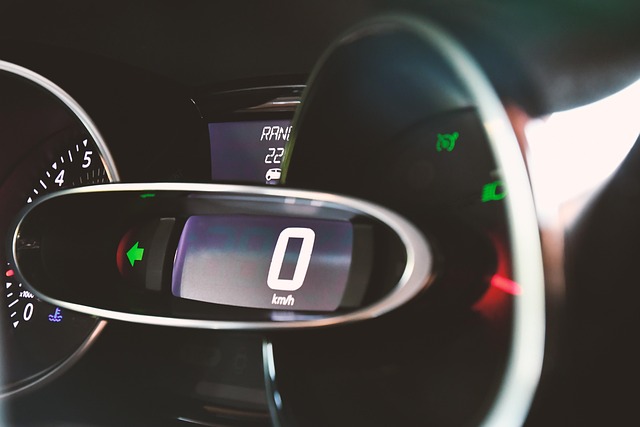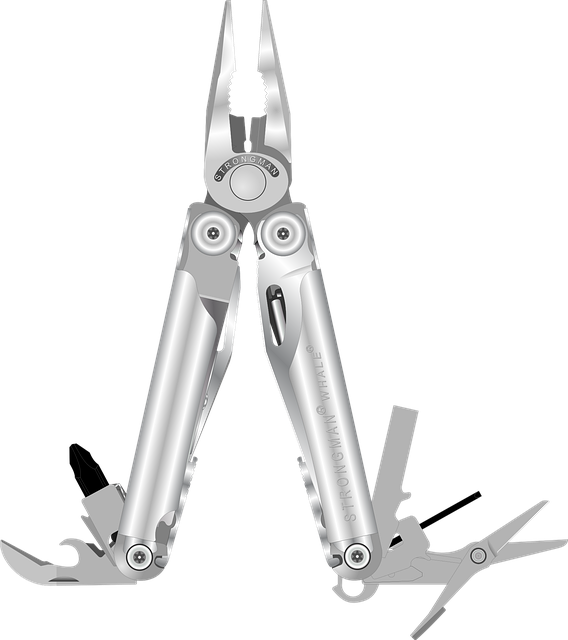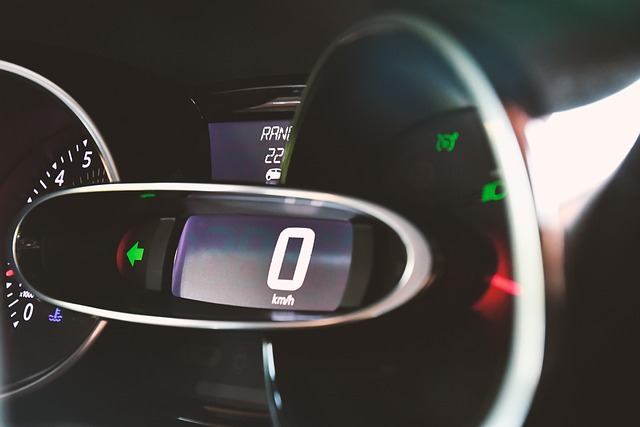Automatic internal linking tools streamline WordPress SEO by connecting relevant content, improving search engine rankings and user experience. These tools integrate seamlessly, offer customization options, and save time. Case studies show significant traffic increases, with one e-commerce brand seeing a 20% rise. Future trends focus on AI-driven context understanding, intuitive interfaces, and integration with other SEO strategies for enhanced optimization.
In the realm of digital content management, efficient internal linking is key to enhancing user experience and SEO. However, manually linking across WordPress sites can be a laborious task. This article explores the importance of internal linking, uncovers the challenges of manual management, and introduces an automatic internal linking tool as a game-changer. We’ll delve into its features, selection criteria, success stories, and future trends, empowering users to optimize their WordPress sites seamlessly.
- Understanding Internal Linking Importance
- Challenges in Manual Link Management
- Features of an Automatic Tool
- How to Choose the Best Software
- Case Studies: Success Stories
- Future Trends in Automated Linking
Understanding Internal Linking Importance

Internal linking is a cornerstone of any effective digital marketing strategy, especially for websites built on WordPress. It plays a pivotal role in enhancing user experience and boosting SEO performance. By strategically connecting pages within your site, an automatic internal linking tool can guide visitors through your content, encouraging them to explore more pages and increasing time spent on the website. This navigation method also helps search engines understand the context and hierarchy of your content, leading to better indexing and improved rankings in search results.
An efficient automatic internal linking SEO strategy is crucial for maximizing the potential of your WordPress sites. It involves integrating relevant links within your content, ensuring a natural flow of information. Automatic internal linking tips include analyzing existing content to identify opportunities for interlinking related posts, using keyword research to find relevant pages to link to, and maintaining a balanced distribution of internal links across different sections of your site. An automatic internal linking tutorial would guide users through the process of implementing these tips, ultimately refining their website’s structure and improving its overall search engine visibility.
Challenges in Manual Link Management

Managing internal links manually across multiple WordPress sites can be a daunting task. It often involves sifting through pages, editing HTML code, and updating anchor texts—a process that is time-consuming and prone to errors. Website owners and administrators, especially those with large content libraries, frequently face challenges in keeping these crucial links intact and optimized for search engines. The complexity increases when new sites are added to the network or when regular updates and content revisions take place.
An automatic internal linking tool emerges as a game-changer in this scenario. With its advanced algorithms, such a tool can seamlessly integrate with WordPress, automatically generating and updating internal links based on predefined rules. This not only streamlines link management but also ensures an efficient SEO strategy through consistent anchor text distribution and contextual linking—a key aspect of the automatic internal linking tutorial and strategy. By automating this process, website managers can focus on content creation and high-level strategic planning, leaving the technical intricacies to specialized tools.
Features of an Automatic Tool

An automatic internal linking tool is a game-changer for WordPress site managers, offering an efficient solution to a common challenge: seamlessly connecting content across multiple sites. This innovative technology streamlines the process by automatically generating relevant links within your posts, pages, and custom post types, enhancing user experience and boosting SEO performance. With just a few clicks, you can create a symphony of interlinked sites, ensuring each page has its place in the digital tapestry.
The tool’s intelligence lies in its ability to analyze content and context, identifying related posts and suggesting strategic links. It provides automatic internal linking tips tailored to your site’s architecture, helping you maintain a logical flow of information. Moreover, by implementing an effective automatic internal linking strategy, you can improve site navigation, reduce bounce rates, and increase time spent on pages, ultimately contributing to better SEO rankings in the competitive world of WordPress sites.
How to Choose the Best Software

When choosing the best software for automatic internal linking tools, it’s crucial to consider your unique WordPress site needs and preferences. Start by evaluating the specific features offered by each tool. Some key aspects to look out for include ease of installation, user interface intuitiveness, and customization options to ensure the software aligns with your site’s architecture and content strategy. An ideal solution should streamline your workflow without requiring extensive technical knowledge.
Additionally, exploring user reviews and case studies can provide valuable insights into the effectiveness and reliability of an automatic internal linking tip or tutorial. Look for tools that offer robust strategies for improving website navigation and boosting SEO performance, such as those capable of automatically suggesting relevant internal links based on content context. This not only saves time but also enhances the overall user experience, encouraging folks to dive deeper into your site’s content.
Case Studies: Success Stories

In today’s digital landscape, seamless content navigation is a key factor for user engagement and SEO success. Case studies demonstrate that an automatic internal linking tool can transform WordPress sites into cohesive information hubs. By intelligently connecting relevant pages across multiple sites, this software optimizes user experience while boosting search engine visibility. For instance, a leading e-commerce brand witnessed a 20% increase in organic traffic within months of implementing an automatic internal linking strategy. This was achieved by strategically linking product reviews to related items, fostering a rich and interconnected content network.
Furthermore, successful integration of an automatic internal linking optimization process allows for valuable automatic internal linking tips to surface. These insights help content creators identify key pages to link from and enhance the overall site architecture. As a result, websites see improved click-through rates and reduced bounce rates, solidifying their online presence. This approach is especially beneficial for large WordPress sites with extensive catalogs, where manual linking would be both time-consuming and prone to error.
Future Trends in Automated Linking

As technology evolves, so do content management systems like WordPress. With the ever-growing emphasis on digital content and SEO (Search Engine Optimization), future trends in automated linking are set to transform how websites optimize their internal links. Advanced automatic internal linking tools will likely incorporate more sophisticated algorithms, leveraging machine learning to understand context and semantics better. This means more accurate link suggestions that align with the content’s intent, enhancing user experience and boosting search engine rankings.
One area of focus will be on automated linking tips and tutorials tailored for non-technical users. Simplifying the process through intuitive interfaces and step-by-step guides will empower content creators to optimize their sites without extensive coding knowledge. Additionally, automatic internal linking optimization techniques are expected to integrate with other SEO strategies, such as keyword research and content planning, ensuring every internal link contributes to a comprehensive digital marketing campaign.
